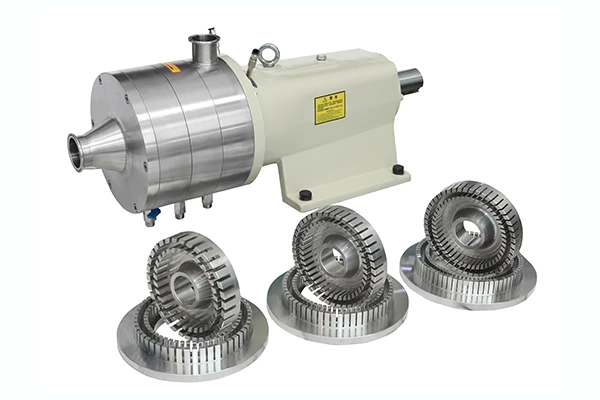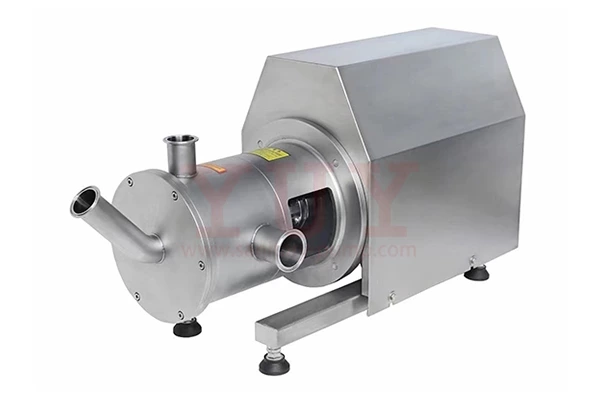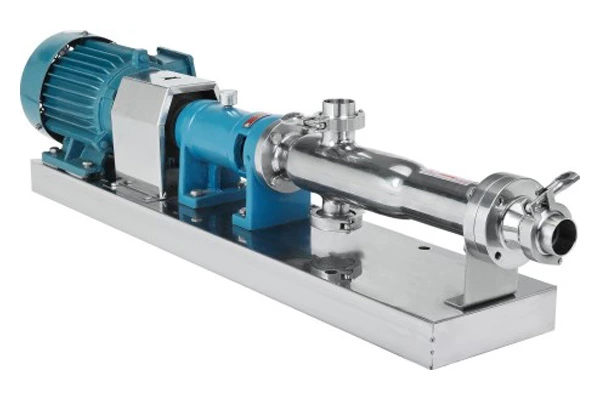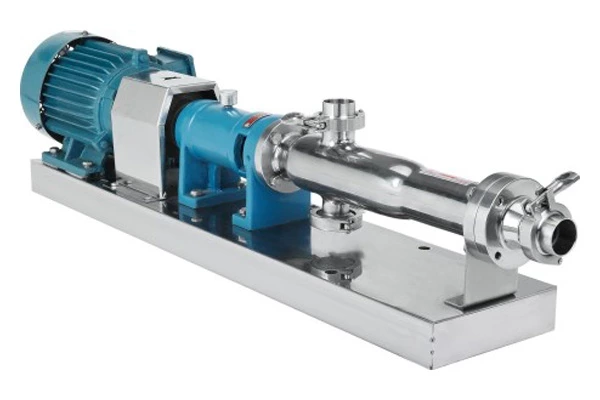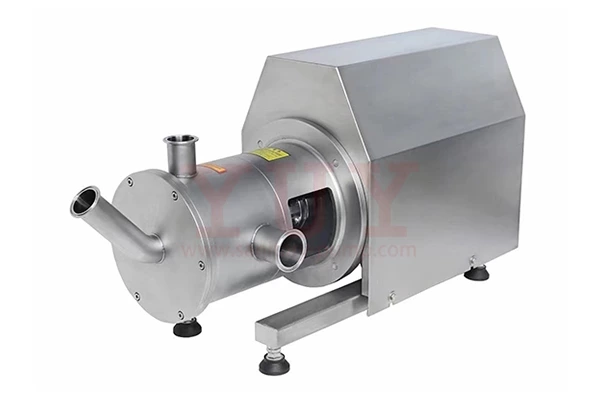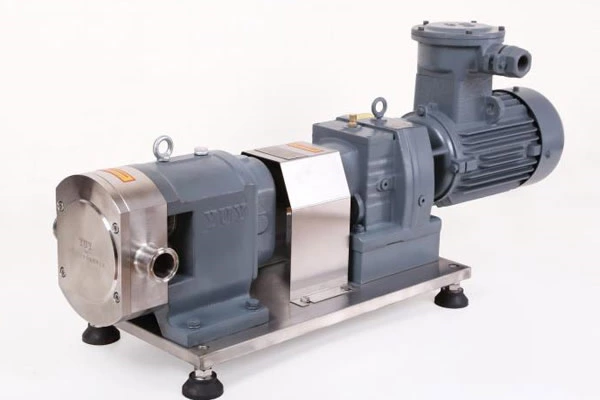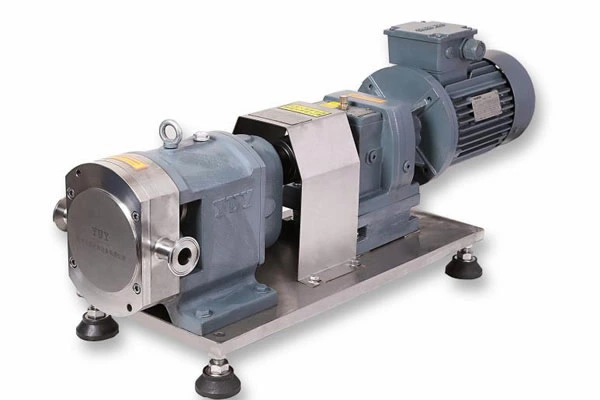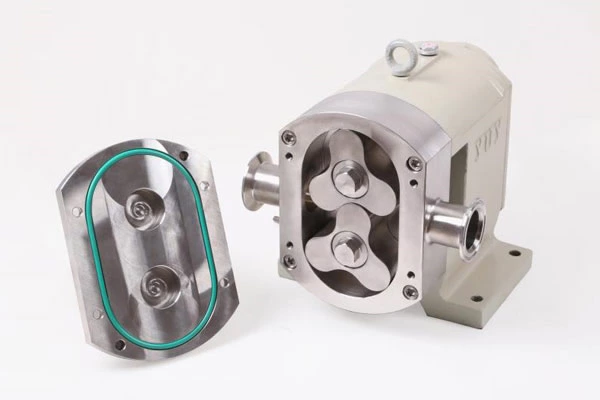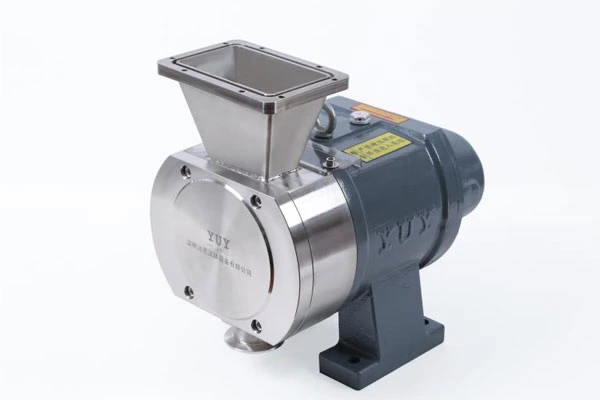150 Technical Questions And Answers About Pumps To Help You Fully Understand Pumps
61. What are the inspection contents before assembling the mechanical seal?
Answer: 1) General inspection: mainly check the model, specification, performance, matching size of each part and whether there are damages such as notches, pits, deformation and cracks.
2) Inspection of dynamic and static rings: The sealing end face should be smooth and bright, without defects such as broken edges, pits, grooves, scratches, etc. For graphite rings, it is also necessary to check whether there are cracks.
62. How to check the parallelism, verticality and surface roughness of the end face?
Answer: 1) End face flatness, for liquid medium, it is 0.0006-0.0009mm, for gas medium, it is 0.0001-0.0004mm;
2) Balance tolerance: The parallelism deviation of the sealing end face to the contact surface of the sealing ring is generally less than or equal to 0.04mm. The parallelism deviation of the two end faces of the insert ring (ceramic ring and carbide ring) should be less than or equal to 0.03mm;
3) Perpendicularity tolerance: the verticality deviation of the center line of the outer diameter of the opposite installation seal ring, the full diameter should be less than or equal to 0.03mm;
4) Surface roughness: the sealing surface hard material (obtained by material removal method) dark glossy surface (obtained by grinding), the soft material (obtained by material removal method) has no visible processing marks, and the processing direction can be slightly distinguished (grinding, fine turning), the contact with the auxiliary seal ring is (obtained by material removal method) has no visible processing marks, and the processing direction can be slightly distinguished (grinding, fine turning), and the rest is (obtained by material removal method) with slight knife marks (knife twisting, fine turning).
63. What are the requirements for the inspection of the auxiliary seal ring of mechanical seals?
Answer: 1) The surface of the auxiliary sealing ring should be smooth and flat, without defects such as bubbles, cracks, and gaps; the end face size should be uniform; the burrs of the "o"-shaped sealing ring should preferably be at a 45-degree angle to the working surface;
2) The hardness of the auxiliary sealing ring should be selected according to the pressure. The higher the sealing pressure, the higher the hardness; the lower the sealing pressure, the lower the hardness. Synthetic rubber is commonly used for auxiliary sealing rings;
3) The inner diameter of the "o"-shaped sealing ring that seals the cylindrical surface should be 0.5-1mm smaller than the outer diameter of the sealing point. The inner diameter of the "o"-shaped sealing ring of the dynamic ring is relatively small, and the inner diameter of the "o"-shaped sealing ring of the static ring is smaller than the inner diameter of the static ring;
4) The compression of the auxiliary seal should be appropriate. If the compression is too large, the sealing effect is good, but the friction resistance is large, the assembly is difficult, and the floating compensation ability during work is poor. If the compression is too small, the friction resistance is small, the assembly is easy, but the sealing effect is poor. The "o"-shaped rings of the dynamic and static rings of the mechanical seal are all cylindrical seals, and their compression is about 8%-23% of the cross-sectional smooth surface diameter. For small diameter, take a larger percentage; for large diameter, take a smaller percentage.
5) The compression of the "O" ring should take into account its other functions. For example, for the static ring without anti-rotation pin, the static ring "O" ring plays a dual role of sealing and anti-rotation. The compression of the "O" ring should be larger to prevent the static ring from rotating and the seal from failing. For the "O" ring of the dynamic ring, under the premise of ensuring the sealing effect, the compression should be smaller to avoid excessive compression, excessive resistance and inability to float compensation.
64. What does the inspection of mechanical seal springs include?
Answer: The inspection of springs includes: total number of turns, effective number of turns, free height, whether the axis is perpendicular to the end face, and spring rotation direction. However, the rotation direction of the spring must be checked, and the rotation direction of the multi-spring does not need to be checked. The original free height of the new spring should be checked, the free height should be measured and compared with the original record, and the residual deformation should be replaced. After the old spring is cleaned, its elastic force should be measured, and the elastic force should be replaced if it is reduced by 20%. For multi-spring mechanical seals, the free height difference of each spring shall not be less than 0.5mm.
65. What are the requirements for checking the shaft and sleeve before installing the mechanical seal?
Answer: 1) Check the matching size, surface roughness, chamfer, axial movement and radial runout of the shaft (or sleeve). For sleeves, check the matching clearance between the shaft and sleeve. The surface roughness of the shaft diameter (or sleeve) of the mechanical seal should be less than 1.6, and the axial movement of the shaft should not be greater than 0.25mm. The sleeve shall not move axially, and the radial runout of the shaft or sleeve is allowed, as shown in the figure:
Picture
2) Check the wear of the shaft and sleeve. Because of the vibration of the machine and the floating of the compensation of the dynamic ring, the shaft and sleeve may also be worn by the "o" ring. If there is wear, it should be repaired, polished or replaced; 3) The sleeve seat and sleeve should be intact
66. What are the inspection contents of the sealing end face or sealing box?
Answer: The roughness of the surface in contact with the static ring seal is 1.6. After the static ring is assembled, the end face circular runout shall not exceed 0.06mm. The sealing end face or sealing cavity should be free of burrs, the chamfer radius should be sufficient, and it should be smooth. The inner diameter size of the sealing end face or sealing cavity should meet the requirements.
67. What are the "six fixed" contents of the pump inspection?
Answer: Inspection is carried out with fixed routes, fixed personnel, fixed time, fixed points, fixed responsibilities, and fixed requirements.
68. How many types of maintenance are there for Emulsification Pump Jiaxiu?
Answer: There are mainly three types: 1) maintenance and repair, 2) unplanned maintenance, and 3) planned maintenance.
69. What are the precautions for assembling auxiliary seals?
Answer: 1) Rubber auxiliary seals cannot be soaked and washed with gasoline or kerosene to avoid swelling, deformation, and premature aging; 2) The "O"-shaped seals are installed on the stationary ring assembly in a straight line without twisting, and on the cross section when the burrs are in a free state; 3) When pushing the assembly, prevent the "O"-shaped seals from being damaged. The main forms of damage are: falling off, cracks, bumps, curling and twisting.
70. What are the reasons for cracks in the "O"-shaped rings of mechanical seals?
Answer: The shaft surface is rough or has burrs; the old shaft or sleeve is damaged by the fastening screws and is not polished smooth before assembly; the keyway and anti-rotation pin groove edges are not properly trimmed.
